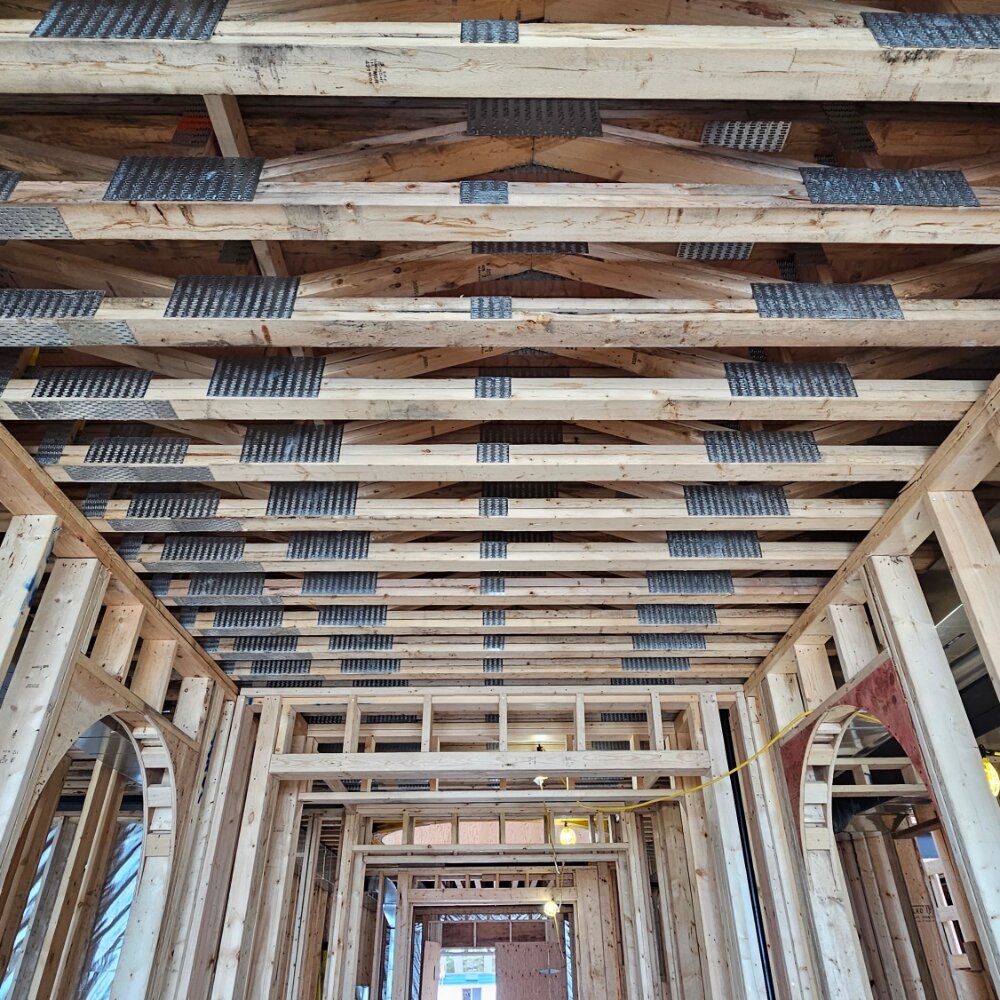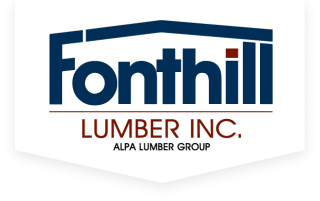Top 5 Benefits Of Floor Trusses In Residential Construction

Floor trusses are the underdogs – or rather the unrecognized champions – of modern residential construction. Emblematic of efficiency, strength, and design flexibility, these wooden marvels deliver on all fronts. No compromises. Especially when compared to traditional joists, which may not offer half as many benefits as floor trusses do. While fast-tracking construction and serving as a viable investment are some of their core advantages, there are more, as you will soon find out.
We have listed below the most useful benefits of floor trusses that make them the top choice for contractors and builders alike all across Canada. Let us begin!
Why Are Floor Trusses So Popular?
A well-structured mesh of engineered units, floor trusses are made of lumber and connected with metal plates or fasteners. The reason why they have earned the favor of builders, contractors, and architects is because floor trusses can be custom fabricated. This allows each of them the option to design and build as they please. If that was not enough, the benefits we have listed below further add to the popularity of these systems.
5 Major Advantages Of Floor Trusses
1. Greater design freedom
Floor trusses are not dependent on intermediate supports to span long distances. They can go up to 30 ft, which is commendable when you discover they only require a few load-bearing walls to achieve this span. This enables the designing of large and open spaces. Not to mention, it simplifies the installation of HVAC, plumbing, and electrical systems. It also simplifies framing while allowing architects to design different kinds of room layouts.
2. Easy utility access
This is a two-way advantage as it benefits both builders installing utility systems as well as professionals who repair and maintain them down the line. Floor trusses with their unique open-web design enable the seamless running of electrical wiring, plumbing lines, and ductwork without the need for drilling any holes. There is no need to install notch joists, either, or reroute systems. Not only does this save time, but it also reduces the likelihood of onsite errors while keeping the truss’ structural integrity intact.
3. Quick installation
Custom fabricated off-site and made of engineered wood based on pre-approved layouts, floor trusses, once delivered, are ready to install. No modifications required. This makes installation quick and accurate. It also means your onsite crew does not have to waste their time cutting and measuring the structure, which makes framing faster. Moreover, since there are no surprises, reworks are not required, thus saving money. It is safe to say that structures within budget and with predictable installation timelines are truly every project manager’s dream.
4. Increased strength and stability
Capable of handling live and dead loads alike, floor trusses are not susceptible to bowing, warping, and shrinking. They are specifically engineered to match your load requirements so you can trust their ability to withstand weight and movement without leading to any structural issues. They can handle long-term structural stress too, which makes them the perfect choice for residential projects, including garages and large basements.
5. Added versatility
The fact that you can custom-order your floor trusses as per your unique specifications increases their versatility by default. No matter how complex your floor plan is, custom-made trusses can be adapted to it. This added versatility means they can be easily used for projects with irregular footprints or multiple levels. From multi-unit residential buildings to luxury homes, floor trusses can enhance the structural integrity of all kinds of builds.
Conclusion
Floor trusses are a lot more than a replacement for traditional joists. They are the very pillars of aesthetics, strength, and structural stability. In fact, using high-quality trusses from a reliable lumber yard such as Fonthill Lumber Inc. is the smartest way to build. Contact us to order floor trusses that not only enhance the structural performance of your build but also increase its value, both in the short and the long run.


